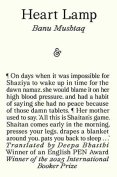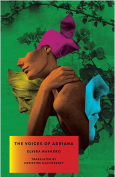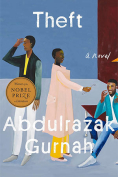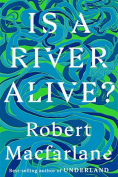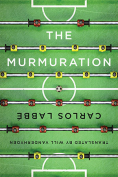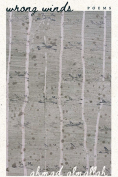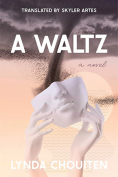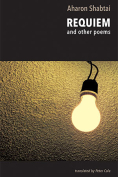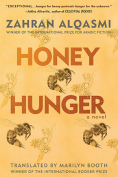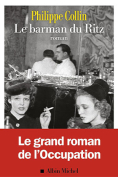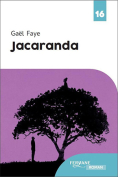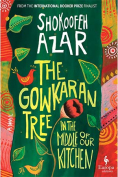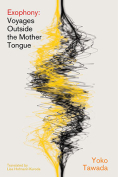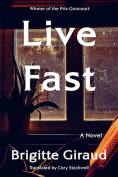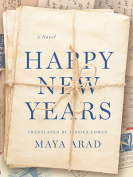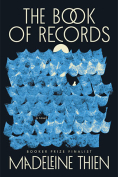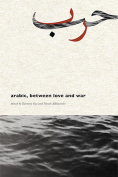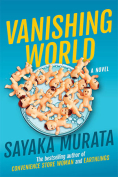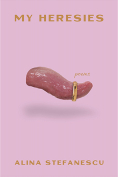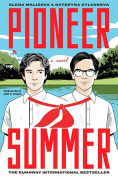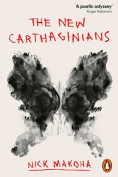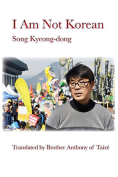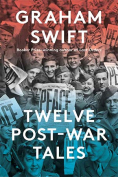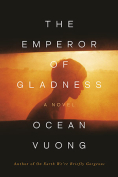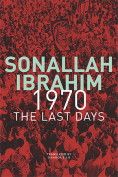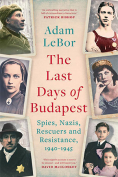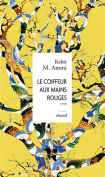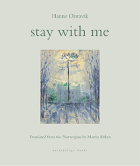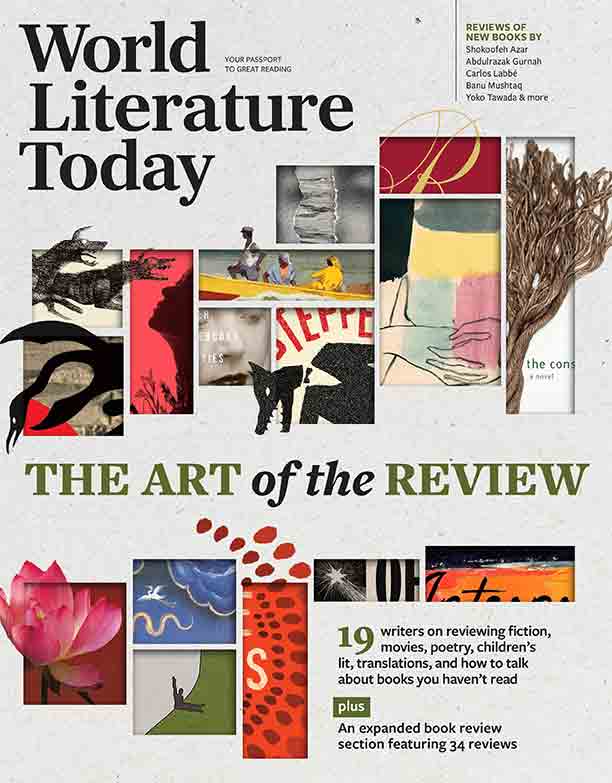The Book of Records by Madeleine Thien
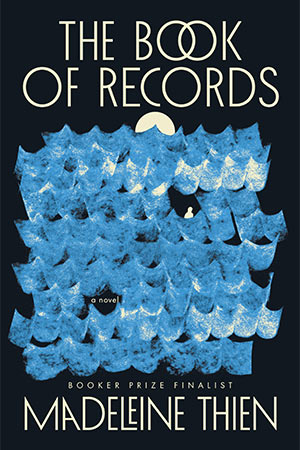
New York. W. W. Norton. 2025. 368 pages.
The Book of Records is Madeleine Thien’s fourth novel. Many readers came to Thien’s work for the first time when Do Not Say We Have Nothing, her third, was shortlisted for the Booker Prize in 2016. Those who go back to read her earlier books will realize that her intimate, breathlike prose and insightful observations were there from the beginning.
Thien writes human stories that arise from horrific political situations. Her relentless description of cruelty, violence, and savageness—whether of the Japanese occupation of Malaysia during World War II, the Khmer Rouge genocide of the 1970s, or the story of the Chinese Cultural Revolution that culminates in the Tiananmen Square massacre of 1989—shows how talented and truly courageous a writer she is. The structural complexity of her novels has increased exponentially from one book to the next.
The Book of Records has four independent storylines presented in short pieces alternating with one another. Lina’s story, the book’s basso continuo, is about the few years she and her father, Wui Shin, spent in an imagined place called the Sea, a temporary, transient place. The other three are based on historical figures: Du Fu (712–770), Baruch Spinoza (1632–1677), and Hannah Arendt (1906–1975). They step out of a respective volume of The Great Lives of Voyagers, an imaginary set of biographies, and begin to dwell in the Sea.
Each story is one of survival and endearment. Wui Shin, a systems engineer in cyberspace, finds the ultimate love of his life, his wife, and loses her. Lina keeps searching for her mother and brother. Du Fu, considered one of the greatest Chinese poets, lived during the Tang dynasty (618–907), the peak of classical Chinese poetry, and had a hard life; one of his children died of starvation after failing to find gainful employment. For the lines Du Fu brushed in his notebook in a somber moment, Thien chooses to quote David Hinton’s translation; Hinton is known for his handsome couplets for each line of Du Fu’s formal poetry. At other times, Wong May’s more modern translations add lightness to the scene.
Spinoza lived in Amsterdam, speaking Spanish and Portuguese at home, and prayed in Hebrew. His thought of finding a blessing in algebra—light in one’s mind without a doctrine—was dangerous in the deeply religious society. The author establishes the sense of seventeenth-century Amsterdam in a few simple words: “A girl arranged raisins, almonds, and bread in a shallow Chinese bowl.” This still-life-painting-like line reminds us that Spinoza was born in the same year as Johannes Vermeer. The Chinese bowl suggests the Dutch East India Company’s blue-and-white porcelain trade. From the kitchen, they hear Malayan or Indonesian.
In the story of Hannah Arendt, a German Jewish historian, philosopher, and activist, escaping from Nazi Germany includes a list beginning with a survival technique taught by an old woman:
. . . how to walk, how to wear the mask, where to find food which locations to avoid, when and how to bluff followed by a wisdom – A refugee must learn to be a master of disguise.
Yet the list morphs into a profundity:
(a refugee) must camouflage himself inside other people’s worlds. . . . Grief comes later . . . when you finally pull down all the masks and discover how little survives at the core.
These stories develop as if they are the four independent novels within a novel. Still, two apparent devices link the stories: the Sea and osmosis.
In an April 2025 interview with Renee H. Shea for Poets & Writers, Madeleine Thien says that the Kowloon Walled City of Hong Kong inspired the Sea. The chaotic, densely populated enclave known as “City of Darkness” had already been demolished when Thien, a Canadian author, visited Hong Kong for the first time. However, she talks about her impressions of the photographs of City of Darkness: Life in Kowloon Walled City, by Ian Lambot: “What’s clear from these images, those histories and the narratives, is the worlds within worlds within worlds in this densely packed place felt like something both historical and futuristic.”
Another device that connects disparate stories is the osmotic sharing of characters, objects, or common sentiments. For example, an orange is an Orange Cat of Amsterdam, three oranges fall out of Du Fu’s pocket, and the fragrance of orange is elsewhere. Du Fu’s poetry is recited in a company of strangers, including Hannah Arendt. The words and memory spread like the nerve system, synapses crossing the boundaries.
The Book of Records requires careful reading—a different experience from Do Not Say We Have Nothing, which is a page-turner despite its heavy theme. However, the experience of The Book of Records is gratifying, offering many moments of contemplation. For example, when Arendt engages in a friendly chess game with a stranger, his suggestion of playing the game with a different rule—two moves instead of one at every turn—makes her realize how the game changes its nature instantly. The experience echoes in many of the characters’ life-or-death decision-making moments in turbulent circumstances. The Book of Records asks each of us how we might go on with our lives when our expectations and usual way of life are swept away in the blink of an eye.
Miho Kinnas
Hilton Head Island, South Carolina


